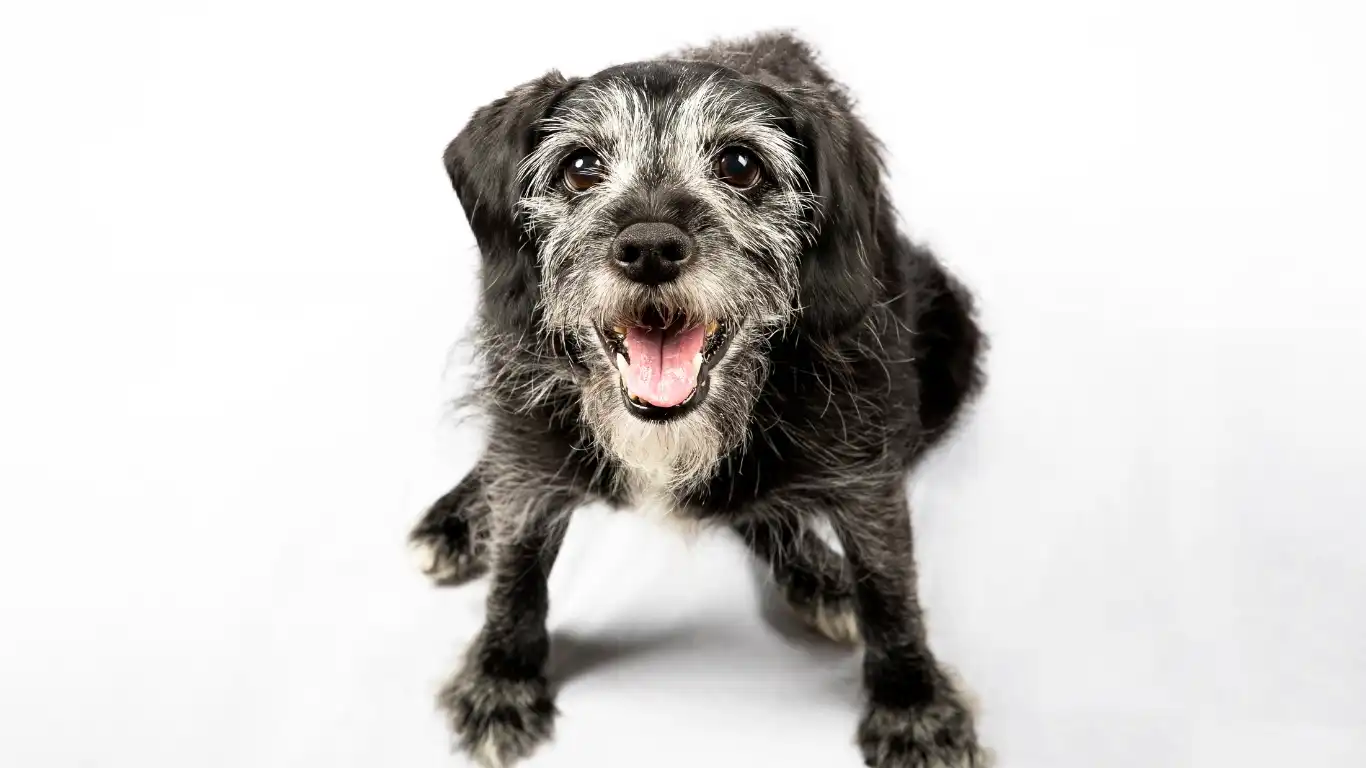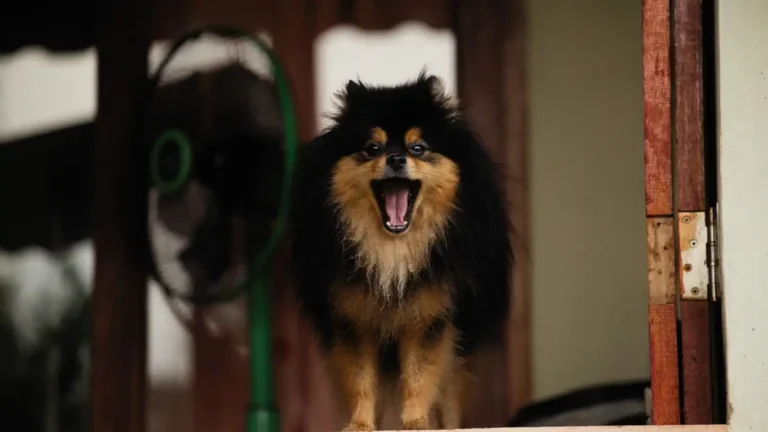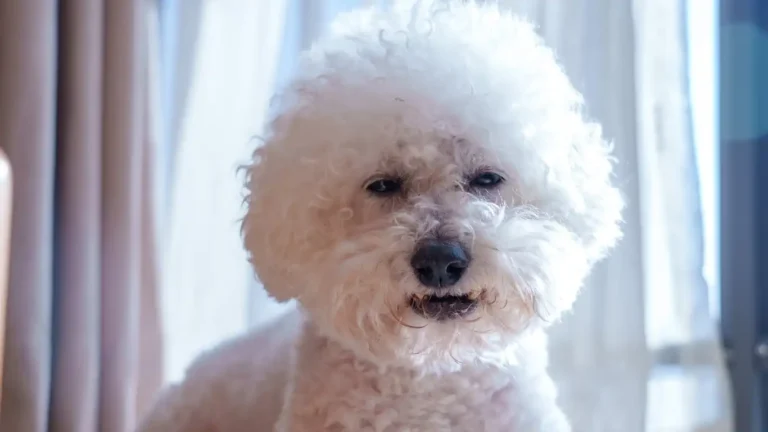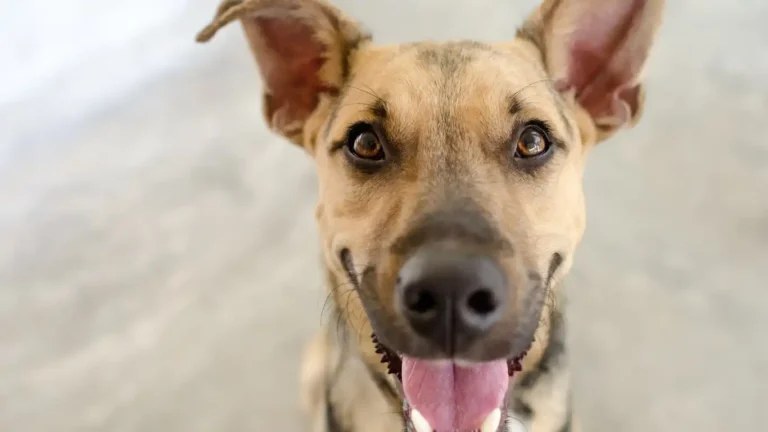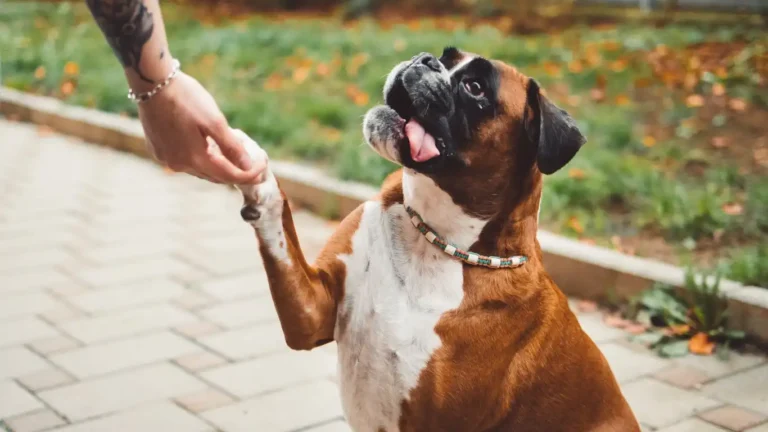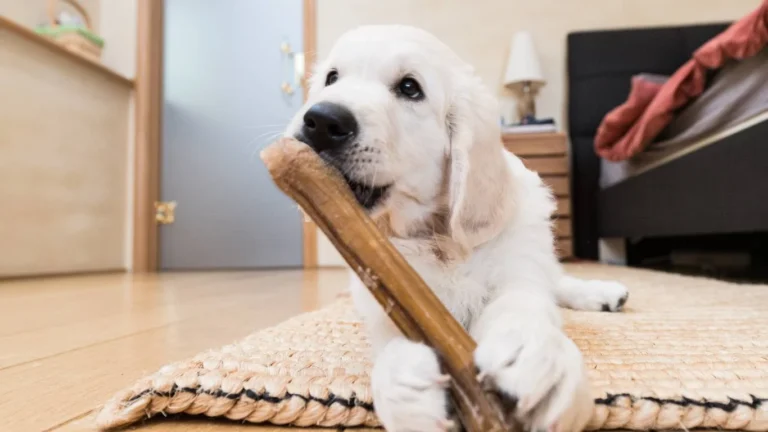How to Keep a Dog from Running Away When Off-Leash: Proven Tips
If you’ve ever tried to enjoy a walk with your dog off-leash, you know how thrilling it can be – until, of course, your pup takes off like a rocket! It’s a familiar experience for many dog owners. The freedom of running around without a leash can be exhilarating for your dog, but it also comes with a set of challenges. The question that pops up for so many of us is: *How to keep a dog from running away when off-leash*? That’s a tough one, right? Well, you’re not alone, and it’s definitely possible to train your dog to have better recall and enjoy those walks without the constant worry of them running off. I’ve been in your shoes as a Veterinary Technician/Nurse with a focus on nutrition, and I know first-hand how frustrating and scary it can be when your dog doesn’t return when called. But, don’t worry – with the right approach, you can teach your dog to stay by your side, even when there’s no leash attached. In this article, I’ll walk you through some key strategies, backed by science, my own personal experiences, and some practical tips that will make your off-leash adventures much more enjoyable.
Understanding the Basics of Dog Behavior

Before diving into techniques and tricks, it’s important to understand a little about dog behavior. Dogs, like humans, have natural instincts and responses that drive them, especially in exciting environments. When off-leash, your dog might be tempted by a variety of distractions, whether it’s a scent, another dog, or a squirrel darting across the path. The key is to learn how to manage and redirect these impulses in a way that’s safe and effective for both you and your dog.
Many dogs love the freedom of roaming, and they might interpret the absence of a leash as an invitation to explore as far and wide as possible. This isn’t necessarily “bad” behavior – it’s just part of their natural curiosity. Your job is to train your dog to return to you when called, so you can prevent them from running too far away or getting into a risky situation.
The Importance of Consistent Training
When it comes to how to keep a dog from running away when off-leash, consistent training is non-negotiable. It’s easy to think that a few short training sessions will be enough to ensure your dog comes back to you every time, but that’s just not the case. Dogs need repetition, patience, and positive reinforcement to learn. It’s like learning a new skill – whether it’s riding a bike or cooking a complicated recipe – it takes time, practice, and persistence.
One of the first things I always recommend is to start training in a controlled environment before moving to open spaces. Begin in your backyard, a quiet park, or even an indoor space. That way, you can gradually build up your dog’s understanding of what you expect. When training off-leash, the fewer distractions, the better – this helps your dog focus entirely on you and the task at hand.
Positive Reinforcement: A Game-Changer

Positive reinforcement is a game-changer when it comes to teaching your dog to come back when called. Dogs respond best to rewards, whether it’s praise, treats, or their favorite toy. When they realize that responding to your call means something good, they’re much more likely to do it again in the future.
Personally, I’ve found that using a high-value treat (something your dog really loves) can work wonders. When I first started training my own dog, I used small, tasty treats, and at first, he couldn’t resist coming back to me just to get that little piece of goodness. Over time, he started to associate returning to me with something rewarding, and it became second nature for him.
It’s important to be *immediate* with your rewards. As soon as your dog comes to you, give them a treat or praise – timing is key here. If there’s a delay, your dog might not associate the reward with the correct behavior. And be sure to mix up the rewards; sometimes give a treat, other times offer praise or a quick game of fetch. Variety keeps the training interesting and reinforces the bond between you and your dog.
Gradual Increase in Distractions
As your dog gets the hang of coming to you in a quiet area, it’s time to slowly increase the level of difficulty by adding distractions. This is a gradual process – you don’t want to jump straight into a busy park with a bunch of barking dogs and children running around. Start with environments that are a little more distracting than the last – maybe a spot with a few other dogs walking nearby or a park with cyclists passing by.
It’s also a good idea to use a long leash during these training sessions. A long leash gives your dog the freedom to wander a bit, but you still have control if they start to get distracted or wander too far. This way, you can call them back, and if they don’t respond, you can gently guide them back to you. The long leash gives you the flexibility to work with them as they practice responding to your recall command.
Why Leash Training Still Matters

While it’s crucial to teach your dog how to respond to your recall command, it’s also important to remember that leash training is still a vital part of the equation. Even the most well-trained dog can be distracted, and it’s essential to keep safety in mind, especially in public spaces.
Leash training should never be neglected, as it provides an extra layer of control in situations where off-leash freedom may not be safe. Teaching your dog to walk calmly on a leash gives them a solid understanding of boundaries and helps create a well-rounded, obedient pet. Combine this with recall training, and you’ll be on your way to stress-free walks and outings with your dog.
Building Trust and Bonding with Your Dog
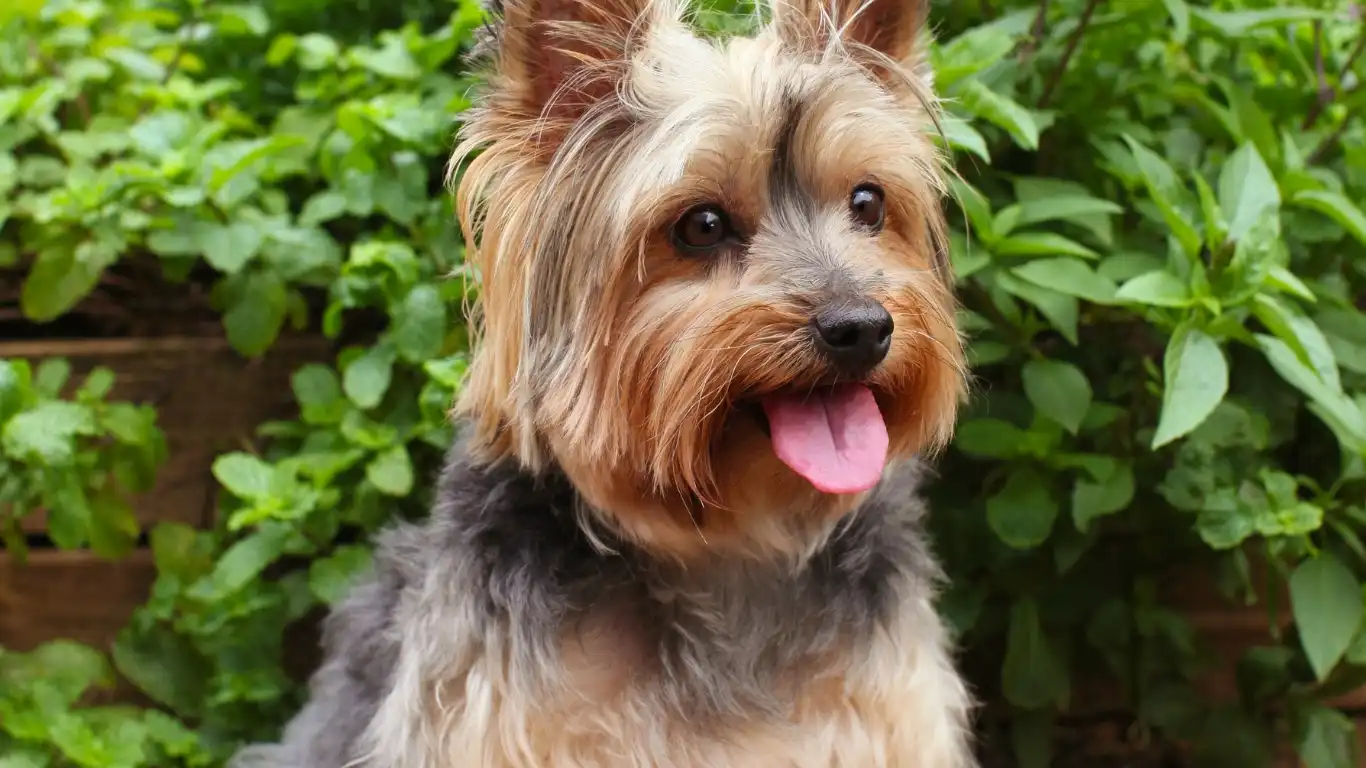
When it comes to teaching your dog how to stay by your side when off-leash, trust is everything. The more your dog trusts you, the more likely they are to come back when called. Building trust doesn’t just happen overnight, and it requires a consistent, patient approach. One of the best ways to strengthen the bond between you and your dog is through *quality time together*.
I remember when I first adopted my dog – we spent weeks just getting to know each other, and that time paid off in the long run. The better your dog understands you and your cues, the more likely they’ll respond when it matters most. Make sure to spend time doing fun activities that your dog enjoys, whether it’s playing fetch, going for walks, or even just sitting together and relaxing. These little moments can go a long way in building trust.
When trust is built, your dog won’t just be following your commands because they have to – they’ll be doing it because they *want* to. This makes off-leash training more effective and enjoyable for both of you.
Use a Consistent Recall Command
Consistency is one of the key ingredients in any training regimen. When it comes to *how to keep a dog from running away when off-leash*, you need to have a clear and consistent recall command that your dog understands. This command should be something simple, like “Come” or “Here.” Avoid using the same word for other commands or during normal conversation. The more consistent you are, the more reliable your dog’s response will be.
As a pet professional, I recommend choosing a word that’s upbeat and positive. Dogs respond well to energy in your voice, so when you say your recall word, make sure you’re enthusiastic and encouraging. Your dog will pick up on that excitement and be more eager to come to you. It’s all about creating positive associations with that word.
In addition to using the same command, be sure to use the same tone and body language every time. Dogs are experts at picking up on your emotions and movements, so a calm, happy demeanor will signal to your dog that returning to you is a good thing.
Advanced Training Techniques: Making Off-Leash Adventures Safer

Once your dog has mastered the basics of recall in a controlled environment, it’s time to step it up a notch. One great way to train your dog to stay close to you off-leash is by using *interval training* – alternating between letting them roam and calling them back to you. This helps your dog learn that they can explore a little, but they must also return to you periodically.
One method that worked wonders with my dog was setting up short “exploration breaks.” I’d let him wander around for a minute or two, then call him back to me and reward him with a treat or praise. This helped him understand that even when he’s off-leash, the fun doesn’t have to end when he returns to me. Over time, he began to voluntarily check in with me during our walks, and it made our adventures more enjoyable.
Another advanced technique is to use a *“reliable recall” game*. Start by calling your dog back to you from a short distance, and gradually increase the distance over time. This is a great way to improve your dog’s recall skills, and the more often you do it, the more reliable your dog’s response will be, even in high-distraction environments.
Training with a Long Line
While you’re working on getting your dog’s off-leash skills down, using a long leash (also known as a long line) can be a game-changer. This tool allows your dog to roam and explore while still giving you control. It’s also a great option for those of us who don’t quite feel ready to trust our dogs 100% off-leash, or for environments where you’re still working on their recall.
The long line provides an extra safety net while you’re training and allows you to correct your dog if they wander off too far. It’s essentially a *fail-safe* option while you’re still perfecting your dog’s recall skills. Plus, it gives your dog the freedom to explore while staying safe and within range. Once your dog has learned to reliably return to you while on the long line, you can start practicing in larger, less controlled areas and eventually transition to full off-leash freedom.
Socialization: Key to Preventing Distractions

One often overlooked aspect of preventing your dog from running off is socialization. When dogs aren’t socialized properly, they may react unpredictably to new environments, people, or other animals. A dog that’s not used to being around other dogs or people may get distracted, scared, or even overwhelmed when they encounter something unexpected while off-leash. This is when they might bolt in fear or excitement.
Socialization isn’t just about exposing your dog to other dogs. It’s also about teaching them how to behave in a variety of situations, including busy parks, crowded streets, and other public spaces. I’ve found that the more comfortable a dog is in different environments, the less likely they are to be distracted or anxious when off-leash. They can calmly and confidently respond to commands, even when there are other dogs or people around.
Start by socializing your dog in controlled environments, gradually increasing the level of distraction. Whether it’s meeting new dogs or getting used to different sounds, socialization helps your dog feel more secure in their surroundings, making them more likely to stay close to you when off-leash.
Dealing with Setbacks and Keeping Progress on Track

Training your dog to stay close when off-leash isn’t always a smooth ride. Sometimes, even after weeks of training, setbacks happen. Don’t get discouraged if your dog occasionally ignores your recall command or gets distracted. It’s normal for dogs to make mistakes, and it’s part of the process. I’ve worked with countless dogs, and I can assure you that setbacks are just opportunities to fine-tune the training process.
One of the most important things I’ve learned over the years is not to react negatively when your dog doesn’t respond the way you expect. Staying calm and collected during these moments helps your dog feel more confident and secure. If you get frustrated or upset, your dog may pick up on that energy and get anxious, which can make training harder. Remember that dogs are highly sensitive to their owners’ emotions, so your attitude plays a huge role in how well they respond.
When setbacks happen, it’s crucial to go back to the basics. Review the training steps, and make sure your dog is still comfortable with the environment and the recall command. Sometimes, distractions are stronger than we anticipate, so try changing up the environment or reducing the number of distractions. Progress might take longer than expected, but with patience and persistence, your dog will get there.
Incorporating Fun into Training
Training doesn’t have to feel like a chore – it can actually be a lot of fun for both you and your dog! I’ve found that when training sessions are engaging and enjoyable, dogs are more motivated to listen and respond. Keep in mind that dogs, like humans, have different learning styles. Some dogs thrive in structured, quiet settings, while others may do better with more dynamic and playful training.
One way to make training more fun is to turn it into a game. I’ve used games like “Hide and Seek” and “Fetch with a Twist” to reinforce recall training. For “Hide and Seek,” I hide somewhere in the yard or at the park, then call my dog to find me. This gives them the chance to use their natural instincts to seek you out, while also responding to your recall command. The excitement of finding you becomes its own reward!
In addition to games, mixing up your reward system can keep things interesting. As I mentioned earlier, varying rewards (treats, toys, playtime) can help keep your dog engaged. Changing up the routine is an effective way to prevent your dog from becoming bored with training.
Safety First: Off-Leash Training in Public Spaces

While off-leash training is an exciting milestone, safety should always be your top priority. Not every environment is suitable for off-leash activities, especially in public spaces where there are potential dangers, such as traffic, aggressive dogs, or hazardous terrain. Before allowing your dog to roam off-leash in an open space, make sure the area is secure and free from any risks.
I’ve personally encountered some stressful situations where a dog, while well-trained, still had the impulse to run toward something dangerous. For example, I once had a dog that loved the water, but when we were at the beach, I had to be extra cautious because the tide was unpredictable. Situations like these make it even more important to continuously monitor your dog’s behavior and always have control over the situation, either through verbal commands or using a long leash.
In addition to ensuring the safety of your dog, you should also consider the safety of others. Not every person or dog you encounter on walks may be comfortable with off-leash dogs. It’s a good idea to carry a leash and be prepared to quickly put it on if needed. Also, make sure to be aware of local laws regarding off-leash dogs. Many parks and public spaces have specific rules that allow dogs off-leash only in designated areas.
Building Reliable Off-Leash Behavior in New Environments
One thing I’ve learned through years of experience is that each environment presents new challenges for off-leash training. Dogs that respond reliably in one place might struggle in another due to new distractions or different types of terrain. That’s why it’s important to start slow and gradually introduce your dog to different locations while keeping them on the leash at first.
Try taking your dog to a new park or trail, and let them explore with the leash on. Slowly, start reducing the length of the leash and allow your dog to move more freely, but always keep an eye on them. If they begin to wander off too far or get distracted by something, call them back and reward them for returning. It’s essential to teach your dog to stay focused even when there are new and unfamiliar elements in the environment.
Another way to help your dog adjust to new settings is by *desensitizing* them to distractions. Whether it’s busy city streets, crowded parks, or other dogs, exposure to various environments and situations can help your dog stay calm and respond to commands, even when they’re off-leash. The more they practice, the better they’ll get at controlling their impulses and sticking to the recall behavior you’ve worked so hard to instill.
References
For more tips and information on dog training, recall techniques, and keeping your dog safe, check out these helpful resources:
- American Kennel Club – A fantastic resource for dog owners, covering everything from training tips to dog breeds.
- PetMD – A great source for expert advice on dog health, training, and behavior.
- National Institutes of Health – Provides scientific resources related to animal health and behavior.
Disclaimer: The information provided in this article is for educational purposes only and should not replace professional veterinary advice. Always consult with a qualified veterinarian or dog trainer for advice tailored to your dog’s specific needs.
